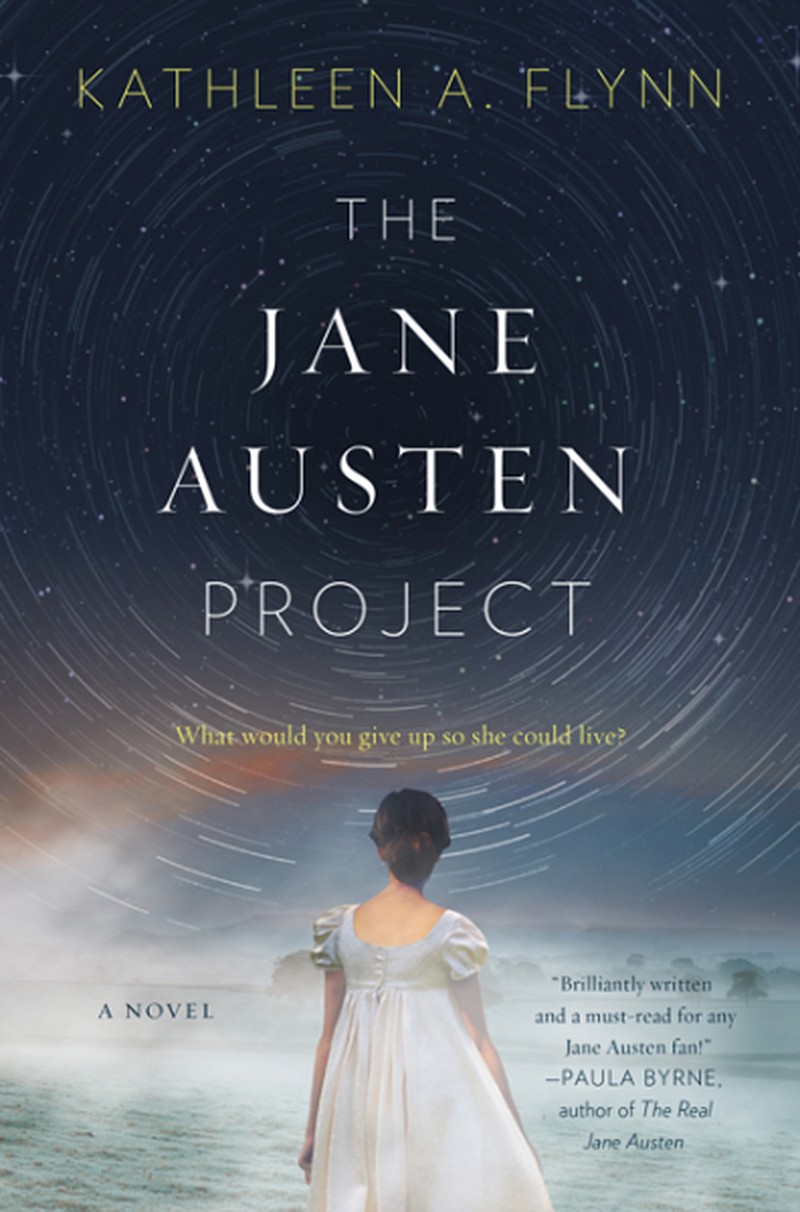In Kathleen Flynn's debut novel "The Jane Austen Project," two travelers from the future go back to 19th-century England to recover a batch of Austen's letters and one of her manuscripts. Flynn is enough of an Austen fan to be a member of the Jane Austen Society of North America. But this fun-to-read novel is too well-written to be labeled fan fiction; and it's neither science fiction nor an attempt to mimic Austen's writing.
The novel is a fantasy of manners that depicts life, especially life for women, in the Regency era. There are, of course, sci-fi elements, references to Austen's books and characters, and other fun stuff.
The Royal Institute for Special Topics in Physics has chosen Dr. Rachel Katzman and Liam Finucane to travel back in time using the Prometheus Server. Rachel is a medical doctor and an Austen devotee; Liam is a professor who was once an actor.
On this one-year project, they masquerade as wealthy landowners-brother and sister William and Mary Ravenswood from Jamaica. Rachel and Liam, that is Mary and William, surreptitiously land in a field surrounded by birch and hedgerow. Although their training has prepared them for the speech, manners and other peculiarities of the era, being welcomed to the Age of Austen by the sight of a body rotting on a gibbet leaves Rachel a bit queasy and anxious. Still, the two proceed with their plan to get close to Jane through her favorite brother Henry and her sister Cassandra and pilfer the letters and the allegedly finished manuscript called "The Watsons."
Liam pretends to be a doctor, because you cannot be a female and a doctor in England in 1815. What's more, it was difficult for a woman to work and be taken seriously in almost any capacity; even Austen published her novels using a pen name, though many of her friends and relatives knew her as a writer. That difficulty will especially affect Rachel, who is an independent and outspoken woman. Like Austen, Rachel will have trouble being an "intelligent woman in a world that had no real use for them." Rachel also likes to have sex as often as possible, which can present a problem in stuffy old England. Later in the story, Rachel will explain to Jane: "Our age does not place such limits on the freedom of women as yours does."
Naturally, there's some "fear of significantly disrupting the probability field, possibly influencing macro-historic events in unforeseeable and damaging ways." But there always is when you go back in time. Anyway, according to the McCauley-Madhavan theory, the probability field "could survive some disruption."
But instead of probability fields and timelines, Rachel is more consumed with the prospect of actually meeting Austen. "Imagine," she says, "Reading her handwriting! Her cross-outs, her substitutions!" For Rachel (and Flynn), Austen is a literary figure comparable to Shakespeare:
"For one thing, she was a genius: burning with the desire to create undying works of art, not a cozy home for a husband and children. For another, she wrote the world she knew, and what she felt would appeal to readers."
Flynn's story is an appealing speculation about Austen's life seen through the eyes of Rachel, a neo-modern woman who is subjected to 19th century circumstances. As Rachel says, to survive as a woman and a second-class citizen, it was necessary to assume a "healthy sense of the ridiculous."

